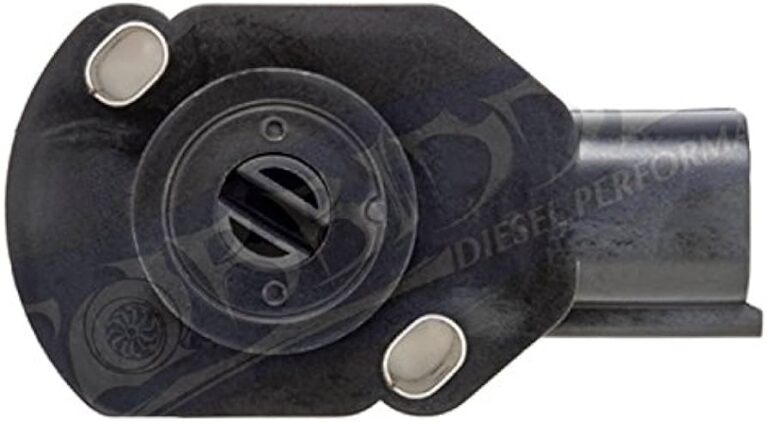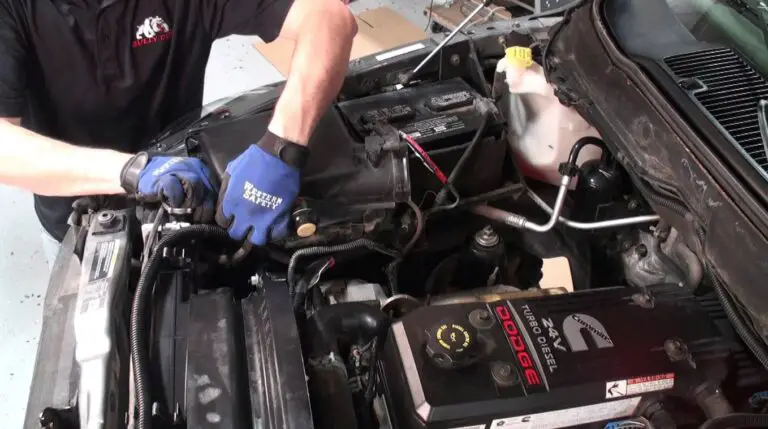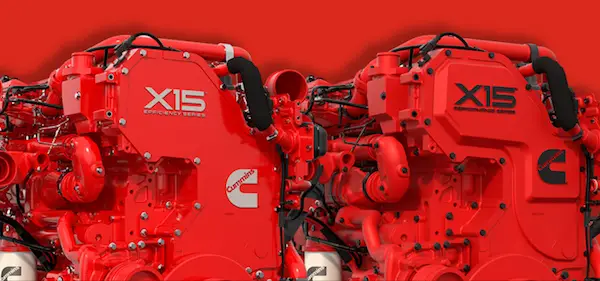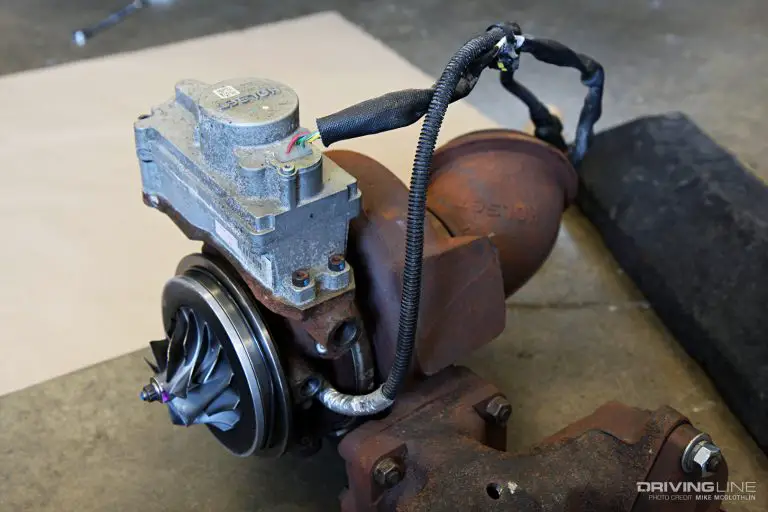Cummins Isx Crankshaft Position Sensor Location: Unveiling the Power Behind the Engine
The Cummins ISX crankshaft position sensor is typically located on the top of the flywheel housing.
Importance Of The Crankshaft Position Sensor
The crankshaft position sensor is a critical component in ensuring optimal engine performance. It plays a crucial role in monitoring the position and speed of the crankshaft. When the crankshaft position sensor is not functioning properly, it can lead to various issues that affect the overall performance of the engine.
Some common symptoms of a bad crankshaft position sensor include:
- Check Engine Light illumination
- Hard starting and/or stalling
- Engine runs rough or misfires
- Poor fuel economy
The location of the crankshaft position sensor may vary depending on the specific model and make of the engine. In some Cummins ISX engines, the sensor can be found on the top of the flywheel housing, while in others, it may be located near the damper.
It is important to identify and address any issues with the crankshaft position sensor promptly to prevent further damage to the engine. Regular maintenance and inspections can help ensure the sensor is functioning properly and contribute to optimal engine performance.
Locating The Crankshaft Position Sensor On Cummins Isx
Locating the Crankshaft Position Sensor on Cummins Isx
- The crankshaft position sensor is a vital component of the Cummins Isx engine.
- It is responsible for monitoring the position and speed of the crankshaft.
- The sensor helps to ensure accurate ignition timing and fuel injection.
- It is typically located on the top of the flywheel housing or near the damper.
- In some cases, the sensor may be found under the jake pass-through connector.
- Refer to the engine’s service manual or consult with a Cummins dealer for precise information on the location of the crankshaft position sensor.
- Online resources, such as forums and YouTube videos, may also provide guidance and visual references.
- Before attempting to replace the sensor, ensure the engine is cooled down and disconnected from any power source.
- Use the appropriate tools for the job, such as a socket wrench and torque wrench.
- Take note of the sensor’s orientation and wiring connections to ensure proper installation.
- Test the new sensor after installation to verify its functionality.
Common Symptoms Of A Faulty Crankshaft Position Sensor
When it comes to a faulty crankshaft position sensor, there are several common symptoms to watch out for. First, you may notice that the Check Engine Light illuminates on your dashboard. This is often a clear indication that something is wrong with the sensor. Additionally, you may experience hard starting and/or stalling of your engine. This can be frustrating and inconvenient, especially if you rely on your vehicle for daily transportation. Another symptom is when the engine runs rough or misfires. You may notice vibrations or a lack of smoothness when driving. Finally, a faulty crankshaft position sensor can result in poor fuel economy. If you’ve been noticing a decrease in the number of miles you can travel on a tank of gas, it may be due to a faulty sensor. It’s important to address these symptoms promptly to prevent further damage to your engine.
Understanding The Consequences Of A Failed Crankshaft Position Sensor
Understanding the Consequences of a Failed Crankshaft Position Sensor
A failed crankshaft position sensor can lead to numerous issues in your engine. One of the most common symptoms is engine misfires and performance issues. The sensor plays a crucial role in providing the engine’s control unit with accurate information about the position and speed of the crankshaft. If the sensor fails, it can send incorrect signals or no signal at all, resulting in engine misfiring. Another consequence of a failed sensor is rough idling. The engine may not maintain a steady RPM at idle, causing vibrations and uneven performance. Additionally, a faulty crankshaft position sensor can contribute to decreased fuel efficiency, leading to poor mileage. It is important to address any issues with the sensor promptly to prevent further damage to the engine and ensure optimal performance.
Differentiating The Crankshaft Position Sensor From The Camshaft Position Sensor On Cummins Isx
The Cummins ISX has both a crankshaft position sensor and a camshaft position sensor. The crankshaft sensor is located on the top of the flywheel housing, while the camshaft sensor is on the front gear housing.
Roles And Functions Of Each Sensor
The crankshaft position sensor (CKP) and the camshaft position sensor (CMP) are both crucial components in the operation of a Cummins Isx engine. The CKP sensor is responsible for monitoring the rotation speed and position of the crankshaft, while the CMP sensor detects the position of the camshaft. These sensors provide vital information to the engine control unit (ECU) to ensure accurate ignition timing and fuel injection.
The physical locations of these sensors may vary depending on the specific model and year of the Cummins Isx engine. However, generally, the CKP sensor can be found on the top of the flywheel housing, while the CMP sensor is located on the front gear housing. It’s important to consult the engine’s manual or an experienced mechanic to determine the exact locations for a specific engine.
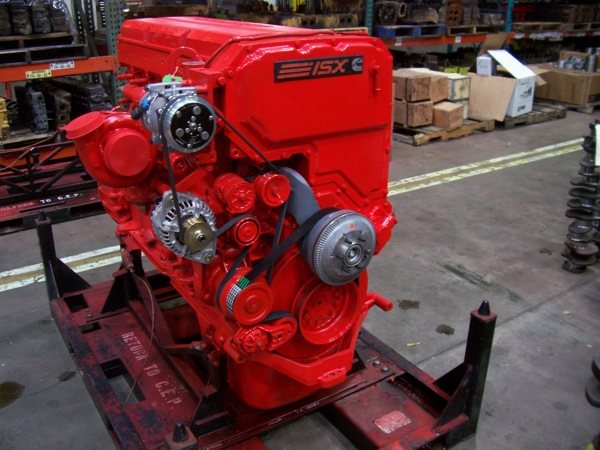
Credit: www.enginebuildermag.com
Replacing The Crankshaft Position Sensor On Cummins Isx
The Cummins ISX crankshaft position sensor is located near the damper, and replacing it is essential for proper engine performance. Avoid engine misfires, rough idling, and poor fuel economy by ensuring this vital sensor is in good condition.
|
Replacing the Crankshaft Position Sensor on Cummins Isx Are you experiencing issues with your Cummins Isx engine? One potential culprit could be a faulty crankshaft position sensor. This sensor is responsible for monitoring the position of the crankshaft, which helps to synchronize engine timing and fuel injection. If you suspect a problem with this sensor, it may be necessary to replace it. Step-by-step Guide for a Successful Replacement 1. Gather the necessary tools and resources, including a socket set, a replacement crankshaft position sensor, and a repair manual or guide for your specific Cummins Isx model. 2. Disconnect the negative battery cable to prevent any electrical mishaps. 3. Locate the current crankshaft position sensor. It is typically located on the top of the flywheel housing or near the damper. 4. Remove any necessary engine components that may obstruct access to the sensor. 5. Disconnect the electrical connector and remove the mounting bolt(s) securing the sensor. 6. Carefully remove the old sensor and replace it with the new one, ensuring a proper fit. 7. Reassemble any previously removed engine components. 8. Reconnect the negative battery cable and start the engine to test the new sensor. Tools and Resources Needed – Socket set – Replacement crankshaft position sensor – Repair manual or guide for your specific Cummins Isx model Troubleshooting Common Issues During Installation Problem: Engine misfires or runs rough after sensor replacement. Solution: Check the connection and orientation of the new sensor. Ensure it is properly seated and functioning. Problem: Check Engine Light remains illuminated after replacement. Solution: Scan the engine control module for error codes. Clear any codes related to the crankshaft position sensor if necessary. Refer to the manufacturer’s instructions or consult a professional if you encounter any additional issues during the replacement process. With proper precautions and these step-by-step guidelines, you can successfully replace the crankshaft position sensor on your Cummins Isx engine. |
Faq: Answering Common Questions About Cummins Isx Crankshaft Position Sensor Location
In the Cummins ISX engine, the crankshaft position sensor plays a crucial role in monitoring the position and speed of the crankshaft. If you suspect that the crankshaft position sensor is faulty, there are a few symptoms you can look out for. These include the check engine light illumination, hard starting and/or stalling, rough engine idle, and poor fuel economy. It’s important to note that a faulty crankshaft position sensor can potentially cause engine damage if not addressed promptly.
When it comes to locating and replacing the crankshaft position sensor, there are a few alternative methods you can try. One option is to refer to online resources such as YouTube videos or forums, where you can find detailed instructions and visual guides. Another option is to consult a professional mechanic or dealership, who will have the expertise and specialized tools to locate and replace the sensor accurately.
Frequently Asked Questions Of Cummins Isx Crankshaft Position Sensor Location
What Are The Symptoms Of A Bad Crankcase Position Sensor?
The symptoms of a bad crankcase position sensor include check engine light illumination, hard starting and/or stalling, engine running rough or misfiring, and poor fuel economy.
Where Are Crankshaft Position Sensor Located?
The crankshaft position sensor is located on the top of the flywheel housing in the Cummins ISX engine.
What Happens When Crankshaft Position Sensor Fails?
When the crankshaft position sensor fails, it can cause engine misfires and rough idling. Symptoms may include the check engine light illuminating, hard starting and stalling, engine running rough or misfiring, and poor fuel economy. The sensor is typically located on the flywheel housing or the front gear housing of the engine.
Where Is The Cam Sensor On The Isx12?
The cam sensor on the ISX12 is located on the front gear housing, while the crank sensor is on top of the flywheel housing.
Conclusion
Understanding the location of the Cummins ISX crankshaft position sensor is crucial for diagnosing any related issues. Whether you’re dealing with rough idling, engine misfires, or poor fuel economy, knowing the whereabouts of this vital sensor is a must. By referring to various sources and resources, you can locate it accurately and take the necessary steps to resolve any problems you may encounter.
Make sure to consult professionals or authorized dealers for expert guidance during the replacement process.


